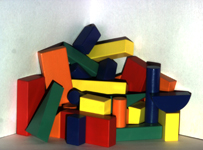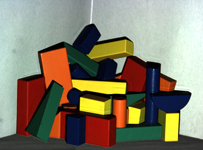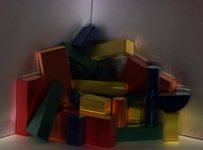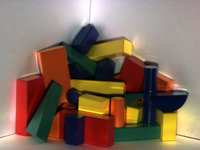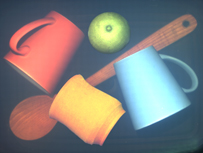Gallery of Separation Results |
Here, we show several examples of our separation results. In each case, we mention the separation method we have used. In all cases, the scene image is the sum of the computed direct and global images. However, to bring out the details, for some of the scenes we have brightened the direct and global images by a scale factor (between 1 and 2) with respect to the scene image. By clicking on each of the thumbnail images shown below, you can see the corresponding high resolution image.
(Back to Main Project Page) |
| Complex Scene |
Method : Checkerboard
|
|
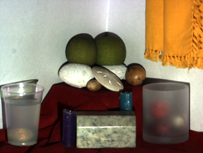 .
Scene
.
Scene |
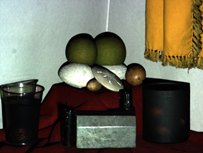 .
Direct
.
Direct |
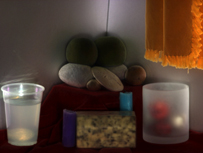 .
Global
.
Global |
| This example includes a variety of global illumination effects. Strong global illumination effects arise due to diffuse interreflections between the white walls, specular interreflections within the plastic cup, volumetric scattering due to the milky water in the cup, subsurface scattering in the candles and in the marble object and translucency of the frosted glass. |
| |
|
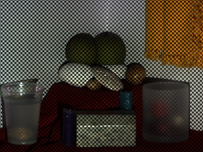 |
Captured Video: This video shows the images of the scene captured by shifting a high frequency checkerboard pattern. MPEG, Quicktime |
|
|
| Water tub with objects |
Method : Checkerboard
|
|
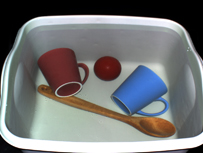 .
Scene
.
Scene |
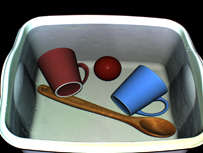 .
Direct
.
Direct |
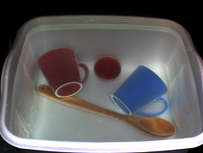 .
Global
.
Global |
| This scene includes objects in a tub filled with water. Since the water is clear it acts as a fully transparent medium that does not influence the scattering effects. It is worth noting that the computed direct image looks like a synthetic image rendered using a single-bounce rendering package such as OpenGL. All the interreflections between the sink and the objects are observed in the global image. Notice the strong interreflections at the edges and corners of the sink and the occluding boundaries of the curved objects. |
| |
|
|
| Textured Fabric |
Method : Checkerboard
|
|
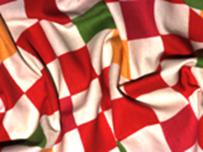 .
Scene
.
Scene |
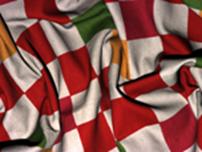 .
Direct
.
Direct |
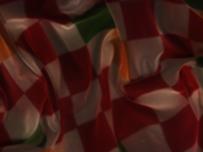 .
Global
.
Global |
| In this example of a sheet cloth with folds, the global image includes interreflections within the folds as well as translucency effects due to the fine spaces between the weaves of the fabric. |
| |
|
|
|
| Cup : Coin in Milky Water |
Method : Checkerboard
|
|
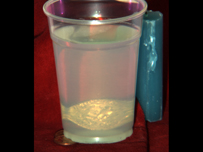 .
Scene
.
Scene |
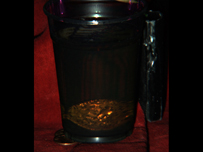 .
Direct
.
Direct |
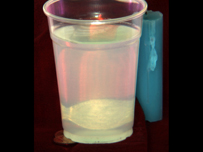 .
Global
.
Global |
| In this example, the global image includes the volumetric scattering of light by the milky water (referred to as "airlight" in atmospheric optics) in the cup as well as the secondary illumination of the coin by the milky water. The direct image includes the specular highlights on the coin due to direct illumination of the coin by the source. This component is attenuated by the milky water as it makes its way to the camera. |
| |
|
|
| Kitchen Sink : Objects in Milky Water |
Method : Checkerboard |
|
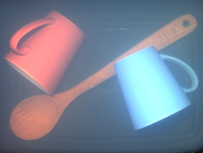 .
Scene
.
Scene |
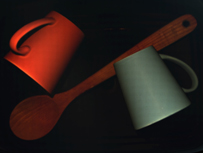 .
Direct
.
Direct |
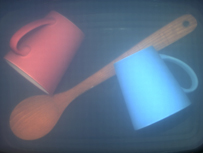 .
Global
.
Global |
| This scene of a kitchen sink includes objects immersed in milky water which acts as a participating medium. The global effects are mainly due to volumetric scattering by the milky medium which not only scatters light from the source but also illuminates the objects as a secondary source. It is interesting to note the faint colored glow around the objects in the global image due to light received by the milky water from the objects. Note that the direct image is devoid of any volumetric scattering and hence appears like an image of the objects taken in a clear medium. |
| |
|
|
Novel Image: To generate this novel image, the dark regions of the global image were used to estimate the brightness of the milk. It is assumed to be constant over the scene and is removed from the global image to obtain the radiance of the objects due to illumination by the milk. The ratios of brightnesses in the direct image and the milk illumination image were tabulated. Then, the direct images of two other objects (green fruit and orange pot) were separately captured and their milk illumination images were computed using the tabulated ratios. The direct, milk illumination and milk brightness components of these new objects were then added and the objects were inserted into the scene image. Notice how the inserted objects include not only the effects of scattering by the milk but also secondary illumination by the milk. |
|
|
| Translucent Balls |
Method : Checkerboard
|
|
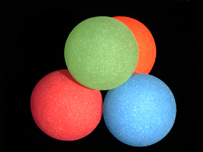 .
Scene
.
Scene |
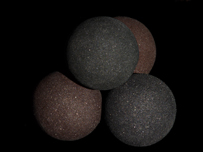 .
Direct
.
Direct |
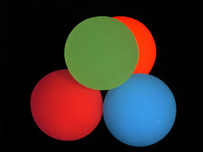 .
Global
.
Global |
| The balls in this scene exhibit very strong subsurface scattering which causes them to "glow" under virtually any illumination. We see that all the subsurface scattering is captured in the global image. Perhaps, due to strong multiple scattering, the global images of the balls have very little shading, causing the balls to appear like flat discs (particularly, the green ball). On the other hand, the direct component reveals the spherical shapes of the balls and the roughness of their surfaces. |
| |
|
|
| Candles |
Method : Checkerboard
|
|
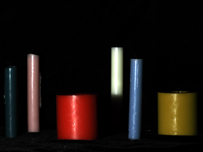 .
Scene
.
Scene |
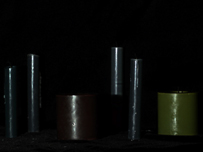 .
Direct
.
Direct |
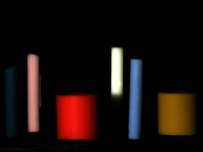 .
Global
.
Global |
| The color of these candles is mainly due to subsurface scattering as can be seen in the global image. On the other hand, the direct image primarily includes specular reflections from the surfaces of the candles. |
| |
|
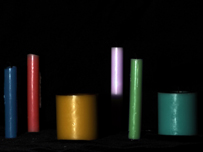 |
Novel Images: This video shows novel images generated by changing the hues of the candles in the global image and adding it back to the direct image.
MPEG, Quicktime |
|
|
| Pebbles |
Method : Checkerboard
|
|
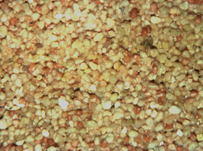 .
Scene
.
Scene |
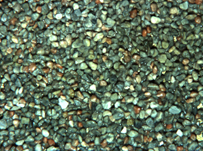 .
Direct
.
Direct |
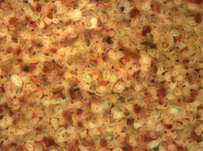 .
Global
.
Global |
| Here we show the separation results for the pebbles sample taken from the CURET database . Notice how the direct image look like a real image of dark pebbles. The global image includes subsurface scattering within individual pebbles as well as the complex interreflections between neighboring pebbles. |
| |
|
|
| |










